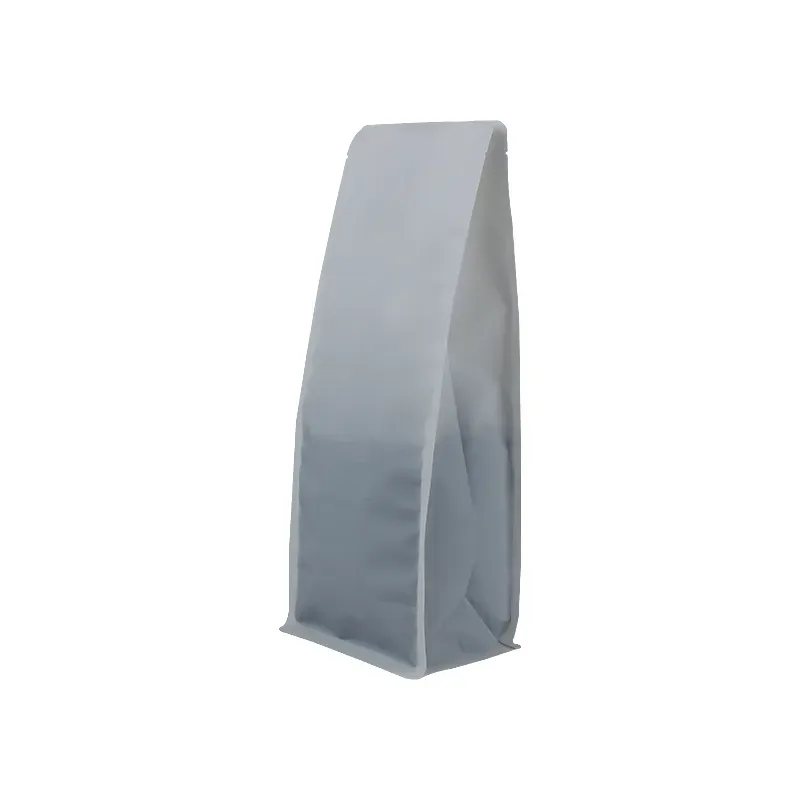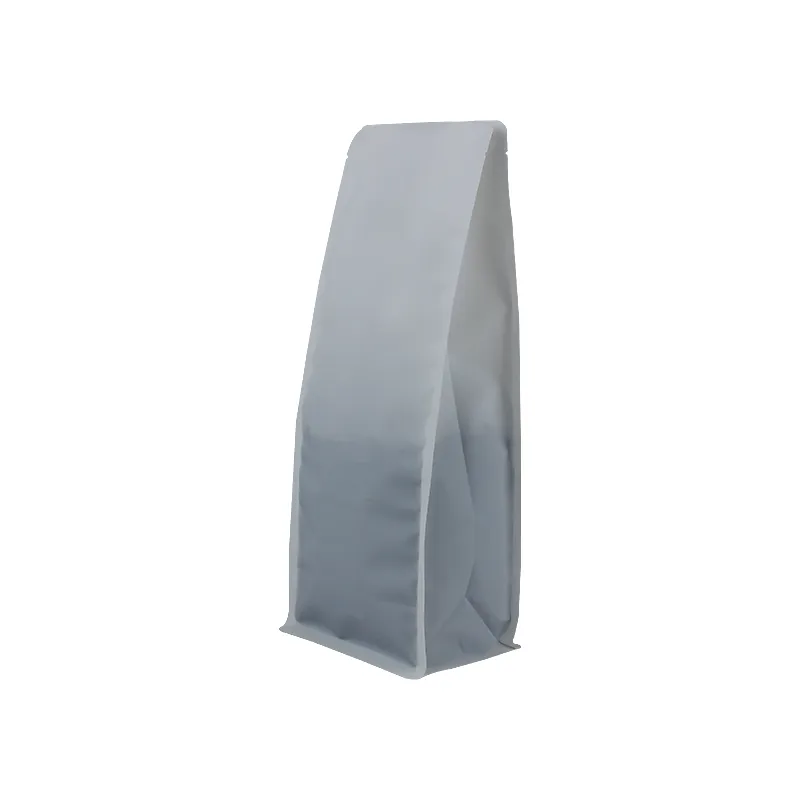Email: enid@bc-pak.com
Tel: 86-757- 88811186
- Afrikaans
- Albanian
- Amharic
- Arabic
- Armenian
- Azerbaijani
- Basque
- Belarusian
- Bengali
- Bosnian
- Bulgarian
- Catalan
- Cebuano
- chinese_simplified
- chinese_traditional
- Corsican
- Croatian
- Czech
- Danish
- Dutch
- English
- Esperanto
- Estonian
- Finnish
- French
- Frisian
- Galician
- Georgian
- German
- Greek
- Gujarati
- haitian_creole
- hausa
- hawaiian
- Hebrew
- Hindi
- Miao
- Hungarian
- Icelandic
- igbo
- Indonesian
- irish
- Italian
- Japanese
- Javanese
- Kannada
- kazakh
- Khmer
- Rwandese
- Korean
- Kurdish
- Kyrgyz
- Lao
- Latin
- Latvian
- Lithuanian
- Luxembourgish
- Macedonian
- Malgashi
- Malay
- Malayalam
- Maltese
- Maori
- Marathi
- Mongolian
- Myanmar
- Nepali
- Norwegian
- Norwegian
- Occitan
- Pashto
- Persian
- Polish
- Portuguese
- Punjabi
- Romanian
- Russian
- Samoan
- scottish-gaelic
- Serbian
- Sesotho
- Shona
- Sindhi
- Sinhala
- Slovak
- Slovenian
- Somali
- Spanish
- Sundanese
- Swahili
- Swedish
- Tagalog
- Tajik
- Tamil
- Tatar
- Telugu
- Thai
- Turkish
- Turkmen
- Ukrainian
- Urdu
- Uighur
- Uzbek
- Vietnamese
- Welsh
- Bantu
- Yiddish
- Yoruba
- Zulu
eco friendly packaging material
Views :
Update time : Feb . 13, 2025 12:22
Eco-friendly packaging materials have increasingly become a focal point for businesses aiming to reduce their carbon footprint while meeting consumer demand for sustainable products. This trend is not only beneficial for the environment but also makes good business sense. Customers are more inclined to support brands that demonstrate responsibility toward our planet. That's why adopting eco-friendly packaging is more than just a trend—it's a strategic move for long-term success.
For companies looking to authenticate their commitment to sustainability, pursuing certifications or partnerships with recognized environmental organizations can add substantial credibility. Certifications such as those from the Forest Stewardship Council (FSC) or Cradle to Cradle can provide a mark of trust for consumers, assuring them of the genuine eco-friendly nature of the packaging. Moreover, transparency in sourcing and production processes can greatly enhance trustworthiness. Companies should clearly communicate their sustainability efforts on their packaging and through other marketing channels, providing detailed information about the materials used and their environmental benefits. This openness can build a stronger rapport with consumers, encouraging loyalty and repeat business. Expertise in eco-friendly packaging materials can also be attained by partnering with sustainability consultants who can provide tailored solutions based on a company’s specific needs. These experts can identify opportunities for improvement in packaging design and supply chain management, leading to enhanced sustainability results. Furthermore, businesses should actively seek consumer feedback on their eco-friendly packaging initiatives. This engagement can inform future improvements and innovations, ensuring that the packaging not only meets but exceeds consumer expectations in terms of functionality and environmental responsibility. Lastly, leveraging technology can play a pivotal role in the transition to eco-friendly packaging. Innovative tools such as lifecycle assessment software can help companies measure the environmental impact of their packaging choices, providing data-driven insights that can guide decision-making and optimize sustainability efforts. In conclusion, eco-friendly packaging materials present an opportunity for businesses to not only contribute positively to the environment but also to distinguish themselves in the marketplace. By implementing sustainable practices, seeking certifications, maintaining transparency, and leveraging technology, companies can enhance their experience, expertise, authoritativeness, and trustworthiness in the realm of eco-friendly packaging, leading to both environmental and economic benefits.


For companies looking to authenticate their commitment to sustainability, pursuing certifications or partnerships with recognized environmental organizations can add substantial credibility. Certifications such as those from the Forest Stewardship Council (FSC) or Cradle to Cradle can provide a mark of trust for consumers, assuring them of the genuine eco-friendly nature of the packaging. Moreover, transparency in sourcing and production processes can greatly enhance trustworthiness. Companies should clearly communicate their sustainability efforts on their packaging and through other marketing channels, providing detailed information about the materials used and their environmental benefits. This openness can build a stronger rapport with consumers, encouraging loyalty and repeat business. Expertise in eco-friendly packaging materials can also be attained by partnering with sustainability consultants who can provide tailored solutions based on a company’s specific needs. These experts can identify opportunities for improvement in packaging design and supply chain management, leading to enhanced sustainability results. Furthermore, businesses should actively seek consumer feedback on their eco-friendly packaging initiatives. This engagement can inform future improvements and innovations, ensuring that the packaging not only meets but exceeds consumer expectations in terms of functionality and environmental responsibility. Lastly, leveraging technology can play a pivotal role in the transition to eco-friendly packaging. Innovative tools such as lifecycle assessment software can help companies measure the environmental impact of their packaging choices, providing data-driven insights that can guide decision-making and optimize sustainability efforts. In conclusion, eco-friendly packaging materials present an opportunity for businesses to not only contribute positively to the environment but also to distinguish themselves in the marketplace. By implementing sustainable practices, seeking certifications, maintaining transparency, and leveraging technology, companies can enhance their experience, expertise, authoritativeness, and trustworthiness in the realm of eco-friendly packaging, leading to both environmental and economic benefits.
Recommend products
Read More >>
Related News
Read More >>













